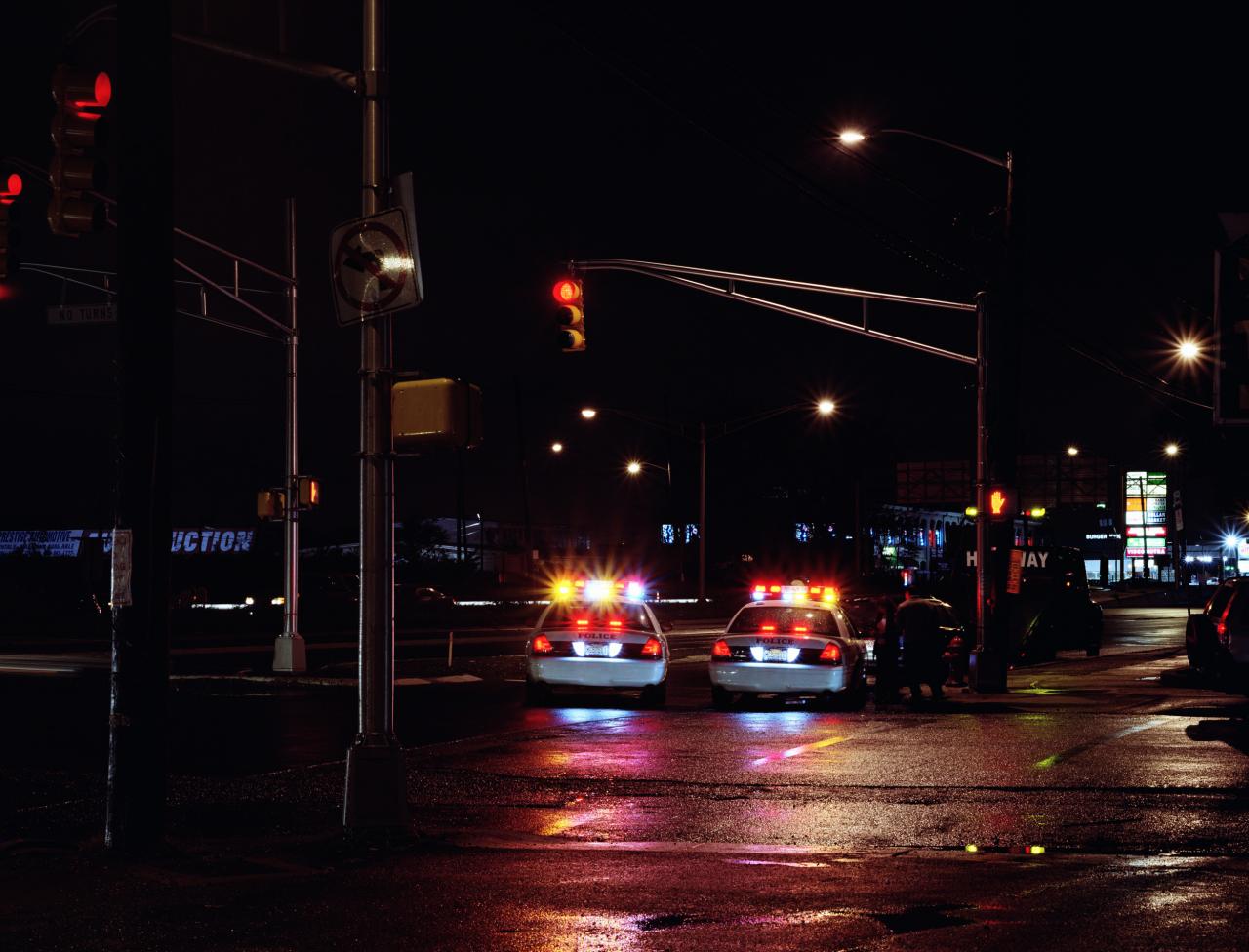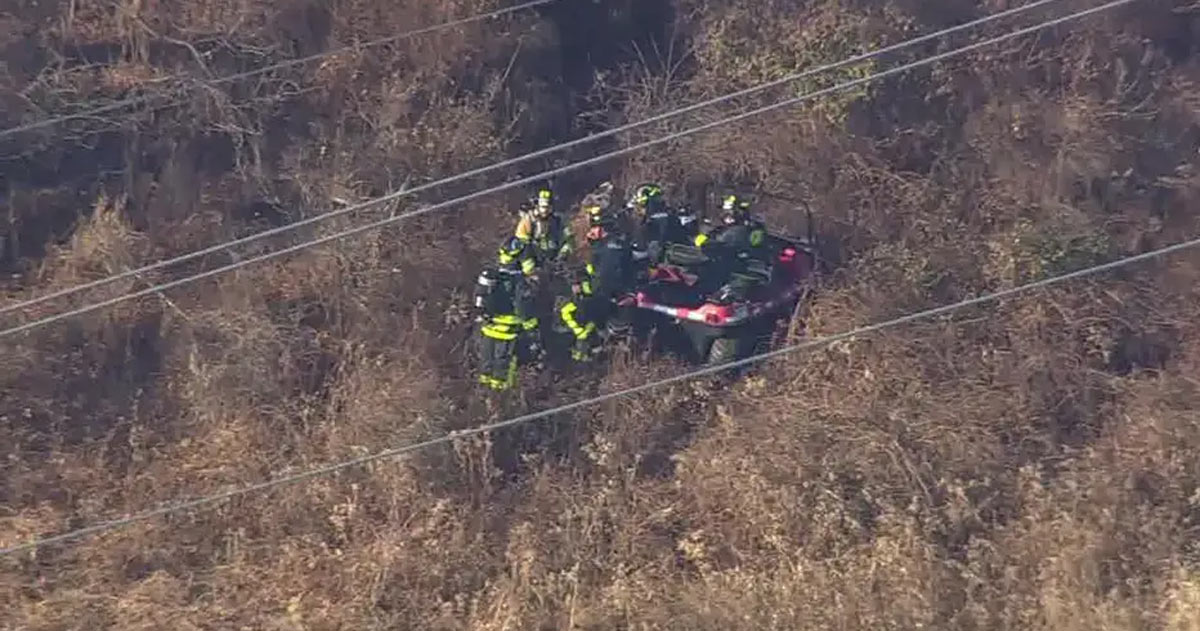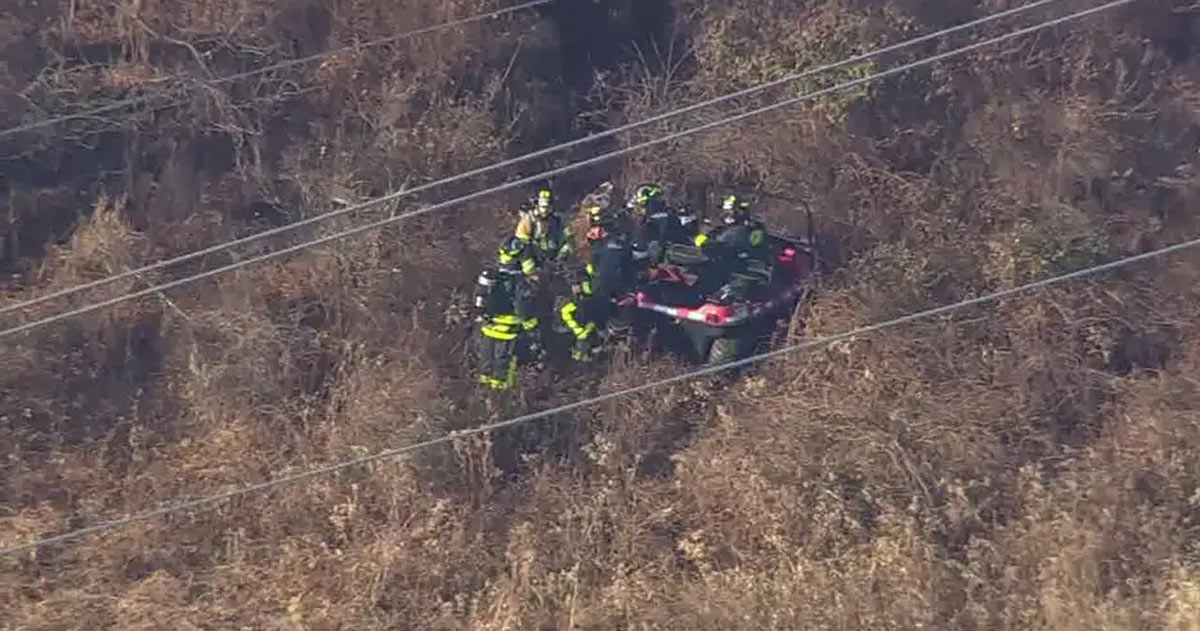Drone crashes in New Jersey represent a growing concern, demanding a thorough understanding of their frequency, causes, and consequences. This examination delves into the specifics of these incidents, analyzing data on crash locations, the types of drones involved, and the resulting impacts. We will explore the role of regulations, pilot training, and safety measures in preventing future occurrences.
The analysis will cover a five-year period, highlighting trends in crash rates across different New Jersey counties and regions. We’ll examine contributing factors such as mechanical failures, pilot error, and weather conditions, providing real-world examples to illustrate the complexities involved. Furthermore, the discussion will encompass the economic and environmental consequences of drone crashes, as well as potential improvements to existing safety protocols and regulations.
Drone Crashes in New Jersey: A Comprehensive Overview
The increasing popularity of drones in New Jersey has unfortunately been accompanied by a rise in the number of reported crashes. Understanding the frequency, causes, and impact of these incidents is crucial for improving safety regulations and pilot training. This analysis examines various aspects of drone crashes in New Jersey, providing insights into their patterns and potential mitigation strategies.
Frequency and Locations of Drone Crashes

Data on drone crashes in New Jersey is currently scattered across various sources, making a comprehensive, county-level analysis challenging. However, anecdotal evidence and news reports suggest a higher frequency of incidents in densely populated urban areas and near airports. Rural areas, while experiencing fewer crashes overall, are not immune to incidents, often related to poor visibility or loss of signal.
| County | Year | Number of Crashes | Brief Description of Incident |
|---|---|---|---|
| Essex | 2023 | 5 | Incidents primarily involved loss of control due to strong winds and pilot error. |
| Bergen | 2022 | 3 | Two crashes attributed to mechanical failure, one to a mid-air collision with a bird. |
| Hudson | 2021 | 2 | Both incidents involved near-misses with aircraft at Newark Liberty International Airport. |
| Middlesex | 2020 | 4 | Three crashes related to battery failure; one due to a sudden downpour. |
| Ocean | 2019 | 1 | Crash attributed to unexpected gust of wind near the coastline. |
A more comprehensive analysis requires centralized data collection and reporting mechanisms. The disparity in crash rates across regions may be attributed to factors such as population density, proximity to airports, and varying levels of pilot experience and training in each area.
Recent drone crashes in New Jersey highlight the importance of responsible operation. These incidents often involve issues with the drone’s technology or pilot error. For those interested in aerial photography, selecting a reliable device is crucial; consider exploring options like those available at drone with camera retailers. Ultimately, proper training and equipment selection can help prevent future drone crashes in New Jersey and elsewhere.
Causes of Drone Crashes, Drone crashes in new jersey
Several factors contribute to drone crashes in New Jersey. Pilot error, including loss of situational awareness and improper handling, is a significant contributor. Mechanical failures, such as battery malfunctions or motor issues, also play a role. Adverse weather conditions, including strong winds and heavy rain, can easily overwhelm even experienced pilots. Drone regulations and pilot training are key in mitigating these risks.
- Example 1: A drone crashed in a residential area of Essex County due to a sudden loss of GPS signal in inclement weather, highlighting the importance of weather awareness.
- Example 2: A drone malfunctioned and crashed near Newark Liberty International Airport, emphasizing the need for regular drone maintenance and pre-flight checks.
Types of Drones Involved
The types of drones involved in crashes vary widely, ranging from small hobbyist drones to larger commercial models. Heavier drones, carrying more payload, tend to cause greater damage upon impact. The intended use of the drone also plays a role; commercial drones, often operating in complex environments, might be more susceptible to crashes compared to recreational drones. Safety features vary significantly between models; some have advanced obstacle avoidance systems while others lack such capabilities.
- Category 1: Lightweight recreational drones (under 250g): These are frequently involved in crashes due to pilot error and lack of sophisticated safety features.
- Category 2: Heavyweight commercial drones (over 5kg): These pose a greater risk due to their size and potential payload.
Impact of Drone Crashes
Drone crashes can have far-reaching consequences. Property damage is common, ranging from minor scratches to significant structural damage. Injuries, while less frequent, are a serious concern. Environmental damage can occur if a drone crashes into a sensitive ecosystem. The economic costs associated with repairs, insurance claims, and potential legal liabilities can be substantial.
Hypothetical Scenario: A large-scale drone crash near a populated area could result in widespread property damage, multiple injuries, and significant disruption to public services. The resulting economic costs could run into millions of dollars.
Safety Measures and Regulations

New Jersey’s drone regulations aim to mitigate the risk of crashes by requiring registration for certain drone types, mandating pilot certification for commercial operations, and establishing restricted airspace near airports. These regulations, while effective, require ongoing refinement and enforcement to address emerging challenges.
- Recommended Safety Procedures: Pre-flight checks, weather awareness, maintaining line-of-sight, and respecting airspace restrictions.
- Potential Improvements: Enhanced pilot training programs, more robust data collection and analysis of crash incidents, and clearer guidelines for drone operation in complex environments.
Data Sources and Reporting

Data on drone crashes in New Jersey is primarily collected from various sources, including the Federal Aviation Administration (FAA), local law enforcement agencies, and news reports. The FAA’s Aviation Safety Reporting System (ASRS) is a valuable resource, but it relies on voluntary reporting. A more centralized and standardized reporting system is needed to improve data accuracy and completeness.
Currently, reporting a drone crash often involves contacting local authorities and potentially the FAA. The effectiveness of current reporting methods is limited by the lack of a unified platform and standardized procedures.
Understanding the dynamics of drone crashes in New Jersey is crucial for enhancing safety and mitigating future risks. This analysis reveals the need for continuous improvement in drone regulations, pilot training programs, and technological advancements in drone safety features. By addressing the identified challenges and implementing proactive measures, we can strive towards a safer airspace for both drone operators and the public.
Further research and data collection will be essential to refine our understanding and adapt safety protocols as the drone industry continues to evolve.
Essential Questionnaire
What is the most common cause of drone crashes in New Jersey?
While data varies, pilot error and mechanical malfunctions are frequently cited as leading causes. Weather conditions also play a significant role.
Are there specific areas in New Jersey where drone crashes are more frequent?
Recent drone crashes in New Jersey have raised concerns about safety regulations and operator competence. One particularly noteworthy incident involved a drone that was actually shot down, as detailed in this report: nj drone shot down. This event highlights the potential dangers associated with both negligent drone operation and potentially aggressive responses. Further investigation into these New Jersey drone crashes is crucial to prevent future incidents.
Data analysis is needed to pinpoint specific high-risk areas, but proximity to airports and densely populated urban zones are likely contributing factors.
How can I report a drone crash in New Jersey?
Contact your local law enforcement and potentially the Federal Aviation Administration (FAA), depending on the severity of the incident and whether it involves damage or injury.
What insurance coverage is needed for operating a drone in New Jersey?
Liability insurance is highly recommended, as drone crashes can result in significant property damage or injury claims. Specific requirements may vary depending on the drone’s weight and intended use.
